News
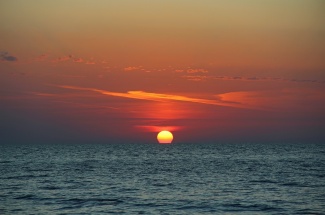
Anoxic marine basins are among the most viable places to conduct large-scale carbon sequestration in the deep ocean, while minimizing negative impacts to marine life. So say UC Santa Barbara researchers in a paper published in the journal AGU Advances. As we explore ways to actively draw down the levels of carbon in the atmosphere, sending plant biomass to these barren, oxygen-free zones on the seafloor becomes an option worth considering.
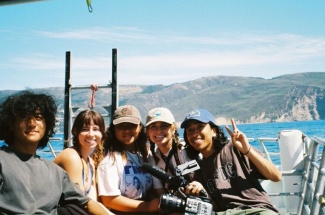
One film unpacks the news frenzy surrounding a bold sea otter and the wild waves it shares with humans. The other documents a diversity of coastal cultures and the barriers to entry they face in Southern California waters. Both were made by UC Santa Barbara students and have been included in this year’s Santa Barbara International Film Festival.
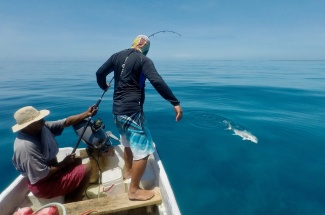
As climate change affects the oceans, coastal communities, particularly those at the front lines of ocean warming and sea level rise, are facing pressures that could threaten their access to aquatic foods.
“Climate change and other economic shocks are impacting how people access seafood, and typically households that are most reliant on seafood, such as those in Pacific Island countries, are most at risk,” said Jacob Eurich, a research associate at UC Santa Barbara’s Marine Science Institute, and a fisheries scientist at the Environmental Defense Fund. Which is why, he added, it is necessary to increase food system resilience in the area, which entails, among other things, the ability to maintain high levels of seafood consumption.
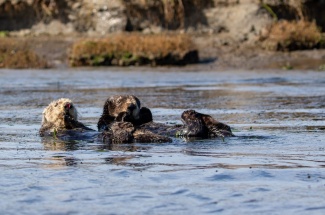
Sea otters are making an impact as they return to the wetlands of Central California. Remarkable changes have occurred in the landscape as these adorable animals recolonize their former habitat in the Elkhorn Slough, a salt marsh-dominated coastal estuary in Monterey County.
“These top predators can have a large effect on the habitats that they exist in. But we don’t know what those effects are unless we directly test them,” explained co-author Kathryn Beheshti, an assistant researcher at UC Santa Barbara’s Marine Science Institute.
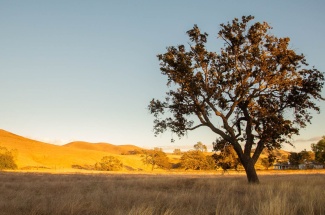
Scientific research is a collaborative process. Sometimes that looks like a lot of small contributions from a whole lot of researchers.
UC Santa Barbara’s Sedgwick Reserve was among 100 sites on six continents where 173 scientists conducted coordinated experiments to suss out the true effects of droughts on productivity in grasslands and shrublands around the world. Fieldwork at Sedgwick helped the researchers reveal that the impacts of extreme drought have been underestimated in these habitats.

When voters cast their ballots in the 2016 and 2020 presidential elections, many were driven by their concern for climate change, according to a new report.
“This report takes meaningful steps towards documenting the state of public opinion on climate in relation to the issue's overall impact on a pivotal election,” said co-author Renae Marshall, a doctoral student at UC Santa Barbara. “While Democrats and Republicans have clear differences with respect to their issue positions on climate, climate issues touch almost every aspect of our society in some way. Not all climate or environmental policy issues have polarized to the same extent, which provides opportunities for broad, ideologically diverse coalitions of voters and legislators to express concern about…
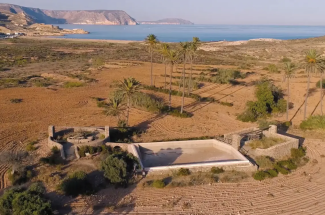
Groundwater is rapidly declining across the globe, often at accelerating rates. Writing in the journal Nature, UC Santa Barbara researchers present the largest assessment of groundwater levels around the world, spanning nearly 1,700 aquifers. In addition to raising the alarm over declining water resources, the work offers instructive examples of where things are going well, and how groundwater depletion can be solved. The study is a boon for scientists, policy makers and resource managers working to understand global groundwater dynamics.
“This study was driven by curiosity. We wanted to better understand the state of global groundwater by wrangling millions of groundwater level measurements,” said co-author …
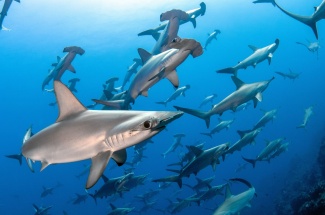
Sharks have persisted as powerful ocean predators for more than 400 million years. They survived five mass extinctions, diversifying into an amazing variety of forms and lifestyles. But this ancient lineage is now among the world's most threatened species groups due to overexploitation in poorly regulated fisheries and the proliferation of wasteful finning practices.
Led by researchers at Dalhousie University, UC Santa Barbara and The Nature Conservancy, the team came to a surprising conclusion. They found total shark fishing mortality increased from 76 million to 80 million sharks per year even though protective legislation to reduce finning increased more than 10-fold during the same time.
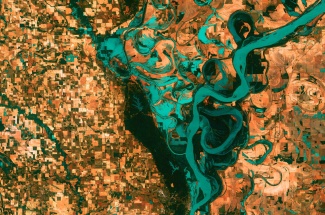
Biodiversity data collection is growing exponentially. The increase is driven in part by international commitments to conservation, market investments and technological advances, and the growing urgency of human impacts including climate change. Nations increasingly rely on biodiversity data in order to strategically meet global conservation targets for the coming decades. But not all data is collected equally.
Millie Chapman, a postdoctoral scholar at the UC Santa Barbara-based National Center for Ecological Analysis and Synthesis (NCEAS), studies the social and political context of biodiversity data collection. In a recent Science publication, Chapman and her colleagues…

Though spatially distinct, the Santa Barbara Channel’s subtidal kelp forests and its sandy beaches are intimately connected. Giant kelp (Macrocystis pyrifera), the foundation species of rocky reefs, also serves as a major part of the beach food web when fronds of the giant seaweed break away from the forest and are transported to the beach.
“The kelp forest and the beach are both highly dynamic ecosystems,” said UC Santa Barbara coastal marine ecologist Jenny Dugan, who co-authored the paper. “How the dynamics of those two ecosystems interact and behave is the key question here, especially with the beach system so dependent on the kelp forest.”